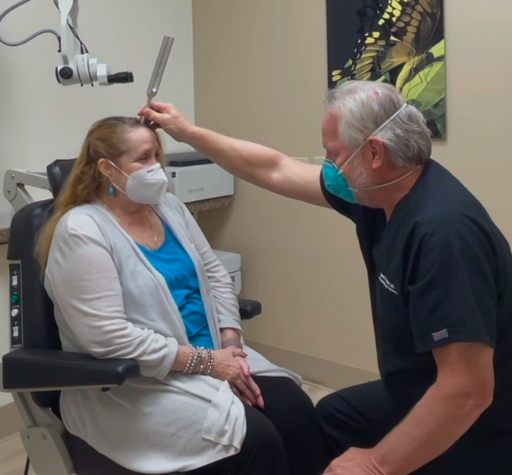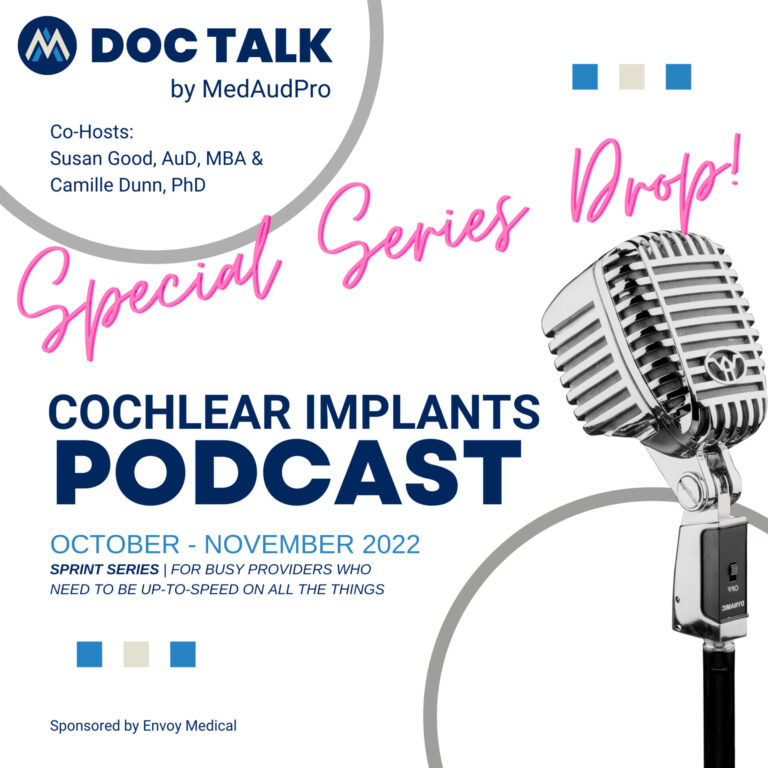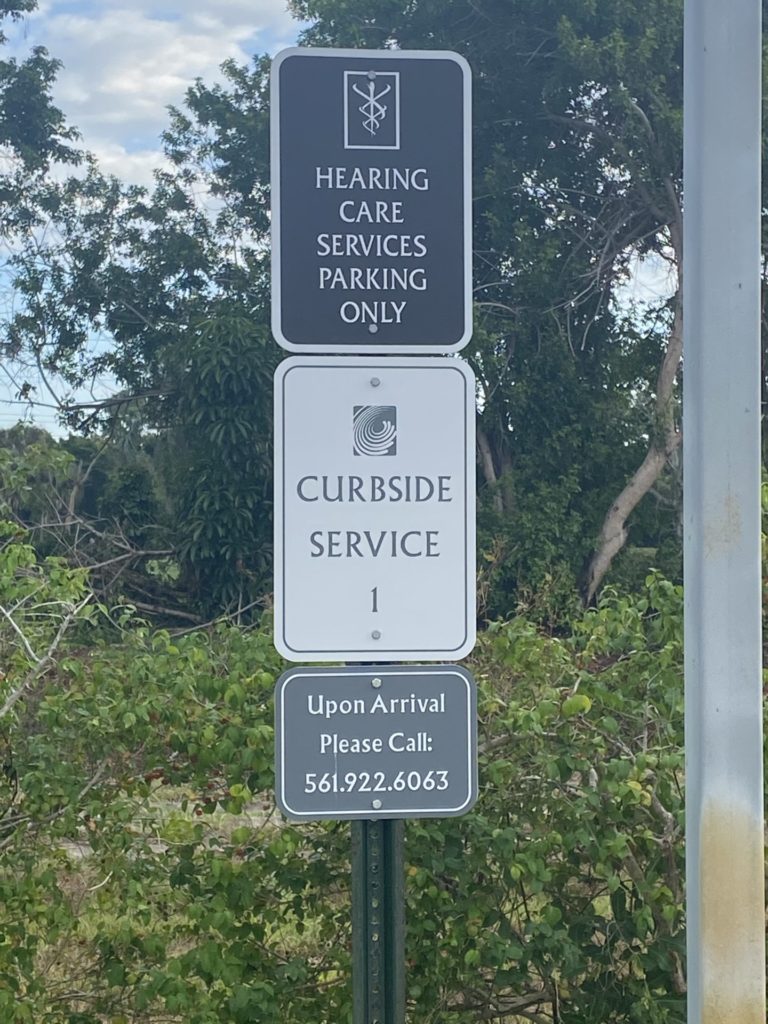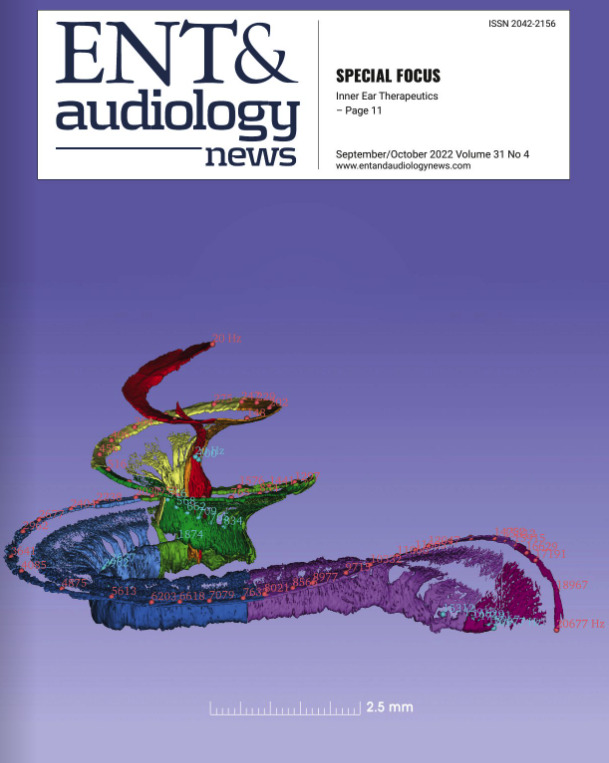Keys and Bees: What does that have to do with hearing?
What did you say? Excuse me? Pardon Me? What?
If your patients have uttered these words recently, they are not alone.
The World Health Organization estimates that over 1 billion young adults are at risk for hearing loss[1] and there are an estimated 37.5 million adults in the USA who report some trouble hearing.[2] Additionally, with the majority of people in America wearing masks/face coverings due to COVID-19, it has created communications challenges even for those without hearing loss.
New hearing challenges in a pandemic
The face coverings worn throughout the pandemic, as well as plexiglass partitions and social distancing, have made it difficult to hear others. It is estimated that different types of facemasks attenuate everyday speech sounds by as much as 10-15 decibels.[3] This is like having a mild hearing loss, meaning people realized very quickly what it was like to suddenly have difficulty communicating each day.
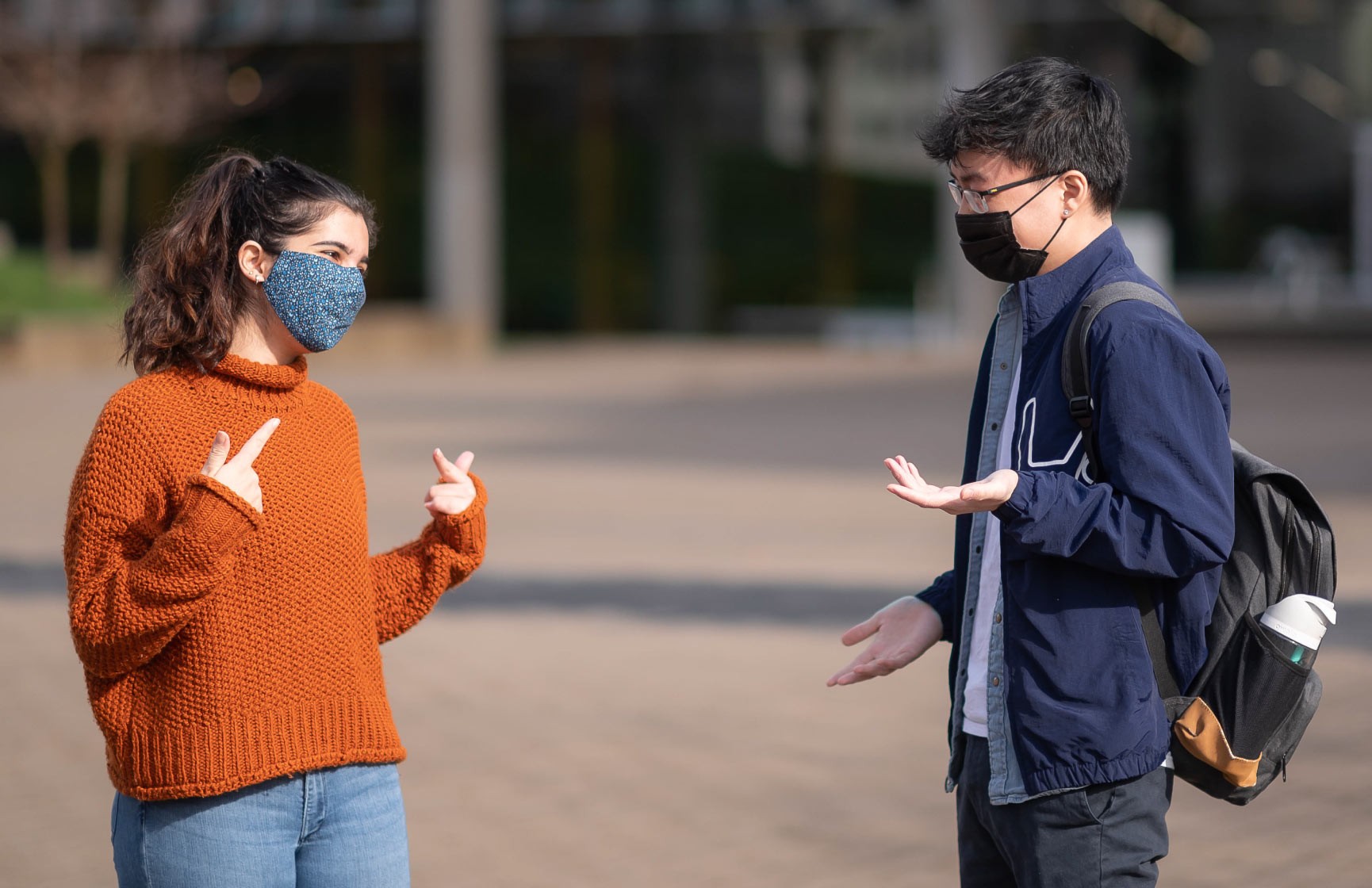
Indeed, throughout the pandemic your patients likely noticed that listening was no longer easy. Sorting out words and filling in the “missing” parts of a sentence from a loved one, colleague, or friend became difficult and tiring. Even those with otherwise normal hearing levels likely understood what it was like to have hearing loss, finding it more difficult to understand others than before.
Discussing hearing loss
Given the widespread hearing challenges, now is the perfect time to have a conversation with your patients about their hearing. How can you begin? Try asking about their experiences during the pandemic, and if they can recognize instances before the pandemic when they had difficulty hearing or understanding conversations. And as face mask restrictions continue to ease up, you can ask them if they have any challenges when communicating even when speaking to people who aren’t wearing masks.
You can also bring up the following example, which illustrates how simple misunderstandings can be an early sign of hearing loss. For instance, your spouse or significant other may say “Please go and get my keys,” but you might hear “Please go and get some bees.” This demonstrates how quickly communications can break down by mis-hearing just one word. Given the many conversations that happen throughout the day – at home, in work meetings, at the grocery store, and even when watching TV – these simple misunderstandings can add up and cause a great deal of frustration. If left untreated, hearing loss can lead to more serious conditions, such as social isolation and even increase your risk for dementia. Unfortunately, many people with hearing loss
choose to avoid social situations out of fear of embarrassment or frustration by not being able to participate in a conversation.
New technology delivers an enhanced hearing experience
What can patients do to address their hearing loss? The first step is to get their hearing baseline checked by an Audiologist. You’ll also want to let them know that hearing loss shouldn’t stop or limit them from going out and enjoying life again – especially as life gets back to normal! We were stuck inside for too long to miss out on any more fun, and with proper hearing treatment, they can hear all the sounds around them like never before.
Of course, some patients may be nervous about wearing hearing aids and even getting a hearing test. You can help calm their nerves by explaining the process and the wonders of today’s hearing technology.
Make sure to let them know that today’s audiology consultation involves a lot of cool tech and listening experiences that are NOT anything like the hearing aids of the past. Today’s technology like that from Widex, a 60+ year old Danish tech company, includes the WIDEX MOMENT, the smallest rechargeable receiver-in-the canal device with Artificial Intelligence and machine learning. The WIDEX MOMENT hearing device is fully automatic and can learn how wearers like to hear/listen and adapt to their unique preferences over time with My Sound.
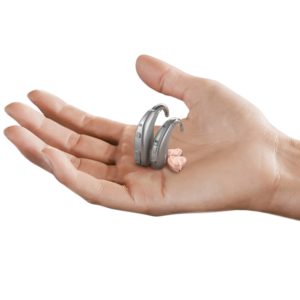
The sound quality from WIDEX MOMENT is one of the most coveted natural sound experiences, thanks to ZeroDelay technology that delivers the fastest processing time in the industry and eliminates the artificial sound experienced with other devices. No matter how they like to spend their time, wearers can enjoy it with their individual listening preferences, from listening to their favorite music to enjoying social activities.
If they still aren’t convinced about the benefits for checking and treating their hearing loss, you may want to mention how 91% of the adults who tried the new WIDEX MOMENT could now participate in life once again![4]
The time to act is now
To help your patients hear like they used to and live life to the fullest, be sure to refer any patients with hearing loss to your practice’s Audiologists. To learn more about Widex, visit: https://www.widexpro.com/en-us/
[1] World Health Organization. (2021, April 1). Deafness and hearing loss. https://www.who.int/news-room/fact-sheets/detail/deafness-and-hearing-loss
[2] National Institute on Deafness and Other Communication Disorders. (2021, March 25). Quick Statistics About Hearing. https://www.nidcd.nih.gov/health/statistics/quick-statistics-hearing
[3] Corey RM, Jones U, Singer AC. Acoustic effects of medical, cloth, and transparent face masks on speech signals. The Journal of the Acoustical Society of America 148, 2371 (2020).
[4]Balling LW, Townend O, Helmink D. Sound quality in real life–Not just for experts. Hearing Review. 2021;28(2):27-30.(2):27-30.




